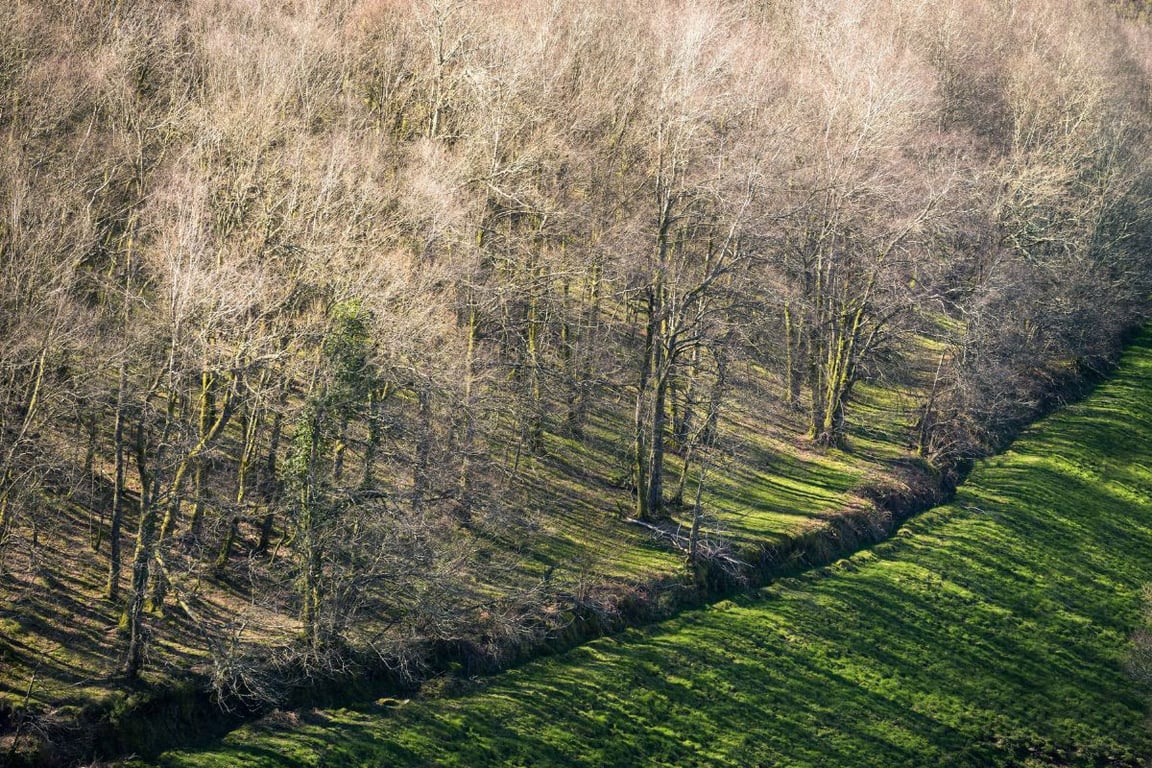




A hedgerow is a living boundary composed of plants. While homeowners use them for decorative purposes, many place hedges to deter intruders, including pests.
Though hedges are often trimmed as non-artistic topiary shrubs, they may also take their natural shape. The design often depends on the functional aspects as well as the aesthetic considerations.
Here are just some of the elements to consider when deciding to put in a row of hedges:
These living walls provide a certain amount of security from unwanted intrusion by animals and people. But if you want a higher level of security and don’t want to mess with metal or wood fencing, use thorny bushes such as hawthorns, or even prickly plants such as holly. Pests will be averse to pushing through a painful barrier for the most part, and unwanted animals will hesitate if the middle layers are thorny. Lawn crashers will also think twice before scaling over the fence or creating a passageway through thorny bushes. Unless security is a critical factor, a high, thorny hedgerow will keep you safe from most forms of human or animal intrusion.
Growing a hedgerow is also helpful to form natural barriers from the elements. As windbreaks, these thick shrubs can provide natural protection from wind and driving snow. One point to note here is that hedgerows grown for practical purposes such as security or even as windbreaks aren’t always trimmed to perfect proportions. Depending on the function, you can trim them similar to topiary gardens or leave them to assume their own natural forms. This usually does not have any adverse impact on its functionality, nor does it have any considerable benefit – the motivations are purely aesthetic.
Hedges can also provide a level of privacy. Whips – small hedge plants – are often used in preference to larger plants because they grow faster and can be planted closer to each other to give the appearance a thick wall. This saves trimming time and gives you the greatest privacy from prying eyes. Use Hollies as well because many varieties grow to a considerable height. Though boxwoods, yews and privets are the ‘classic’ hedgerow plants, there are several other varieties that can prove equally functional and visually pleasing. Use mountain laurels, azaleas, hawthorns, hollies and many other shrubs to create stunning hedgerows that will stand the test of time and be the envy of your gardening hobby circle.
Though classic hedgerows are still popular and purists will always stay with conventional methods, the art of hedge-growing has expanded into creative circles. Outrageous design ideas that are precisely executed and meticulously maintained \are no longer just the prerogative of resource-rich botanical gardens or wealthy estates; the art form has infiltrated nearly every home with a green thumb living in it. Whether you’re one of the novice enthusiasts or an ardent admirer of the classics of horticulture, your love story with hedgerows will be an endless one.